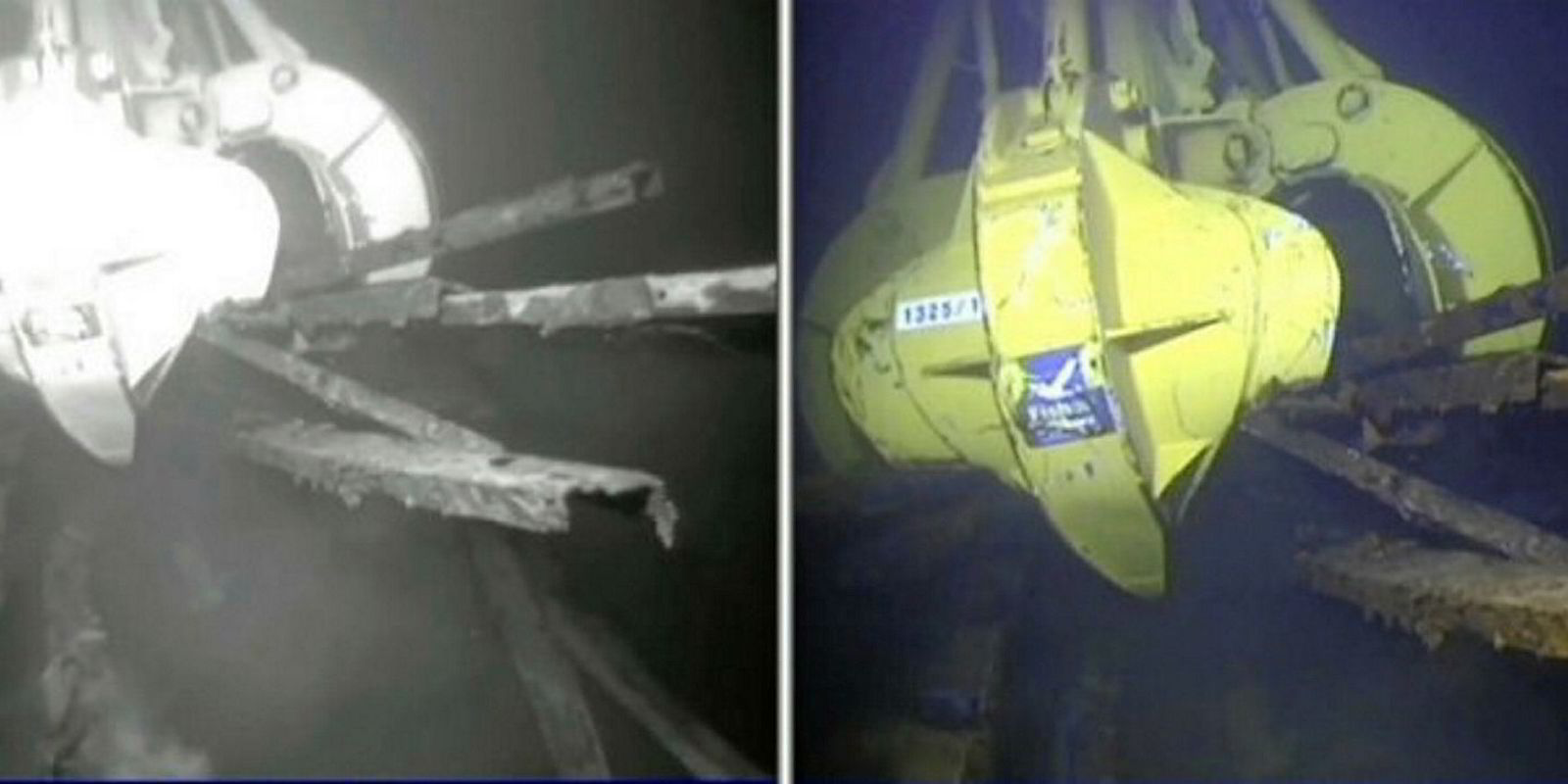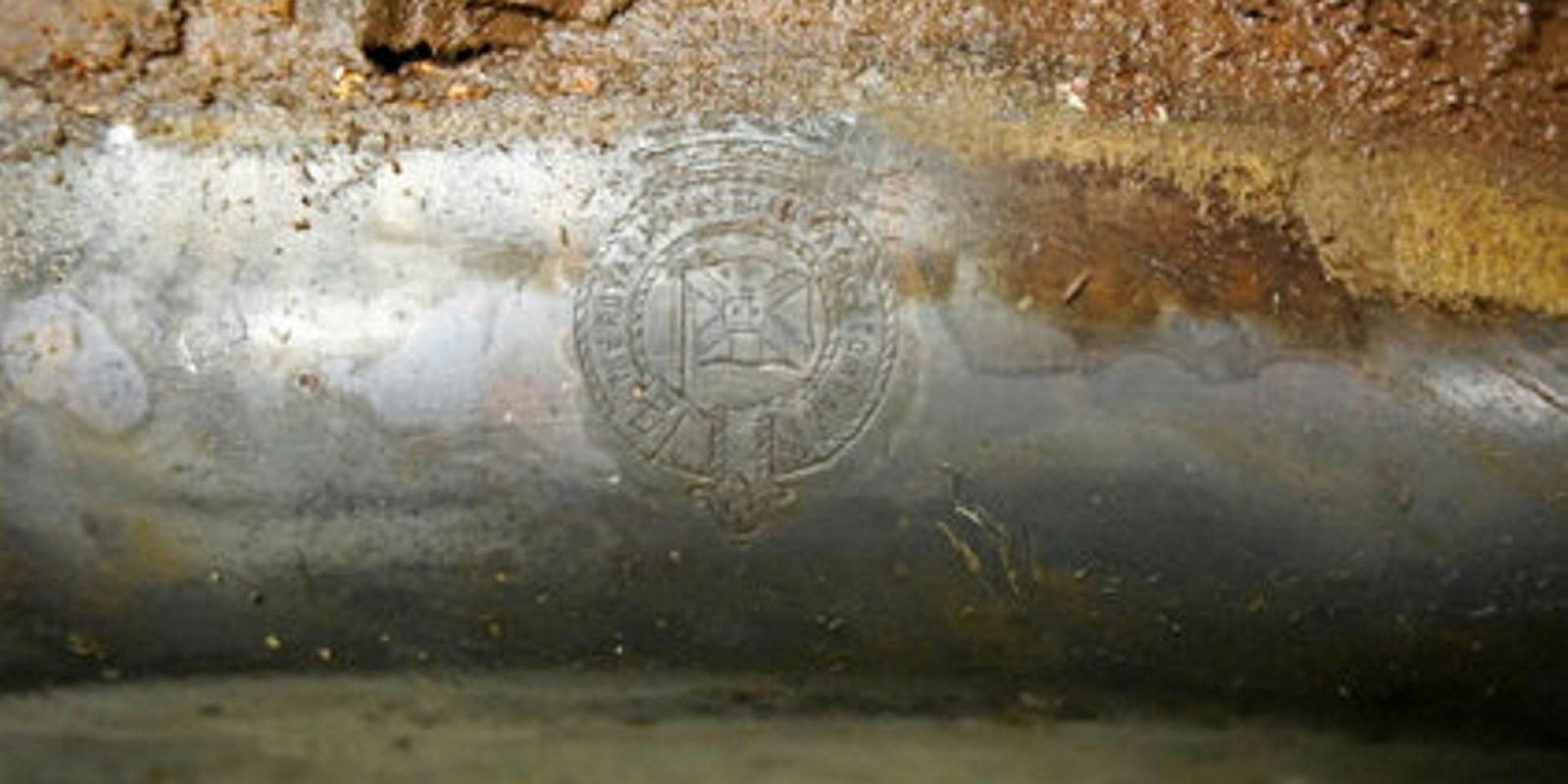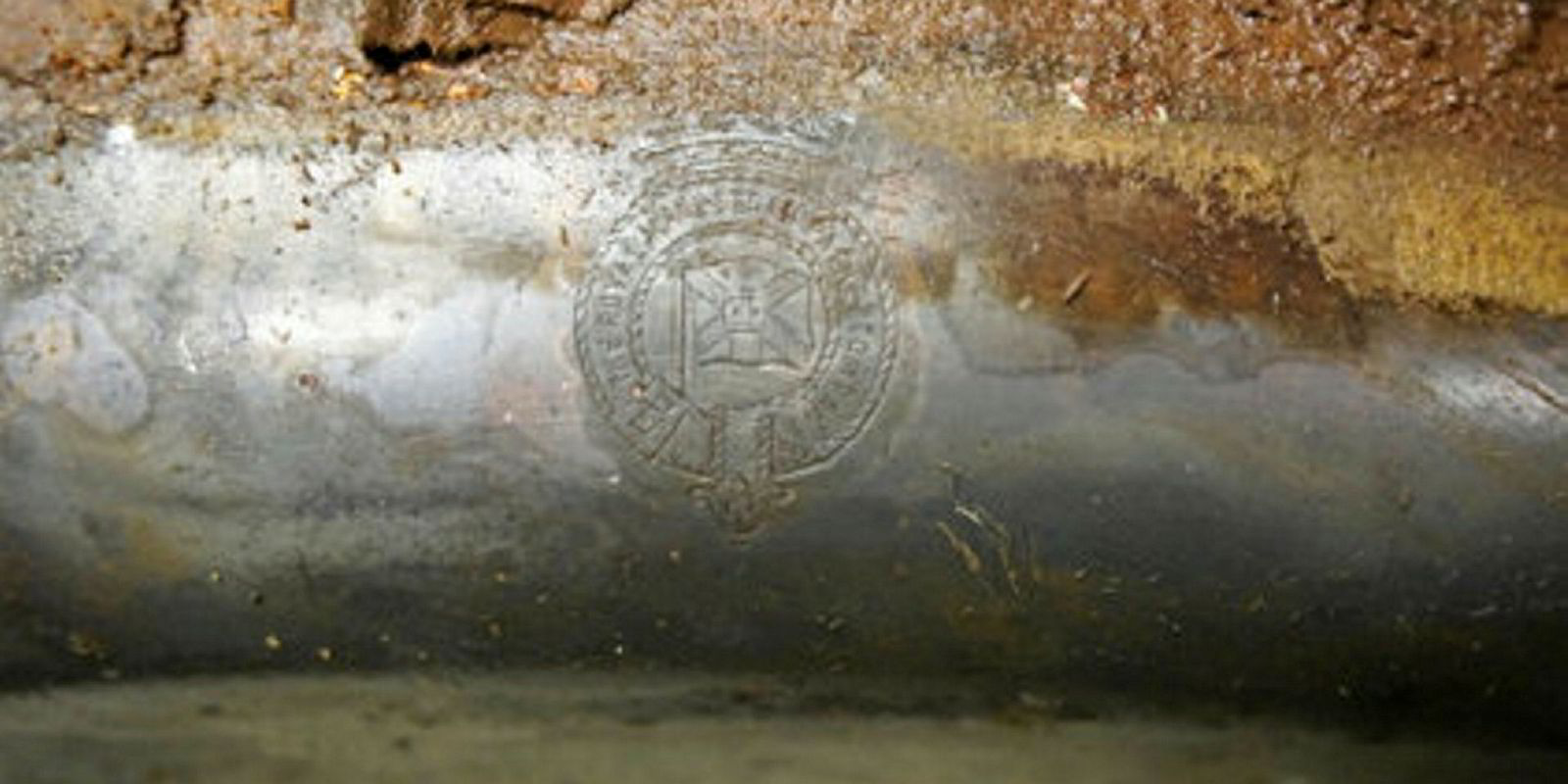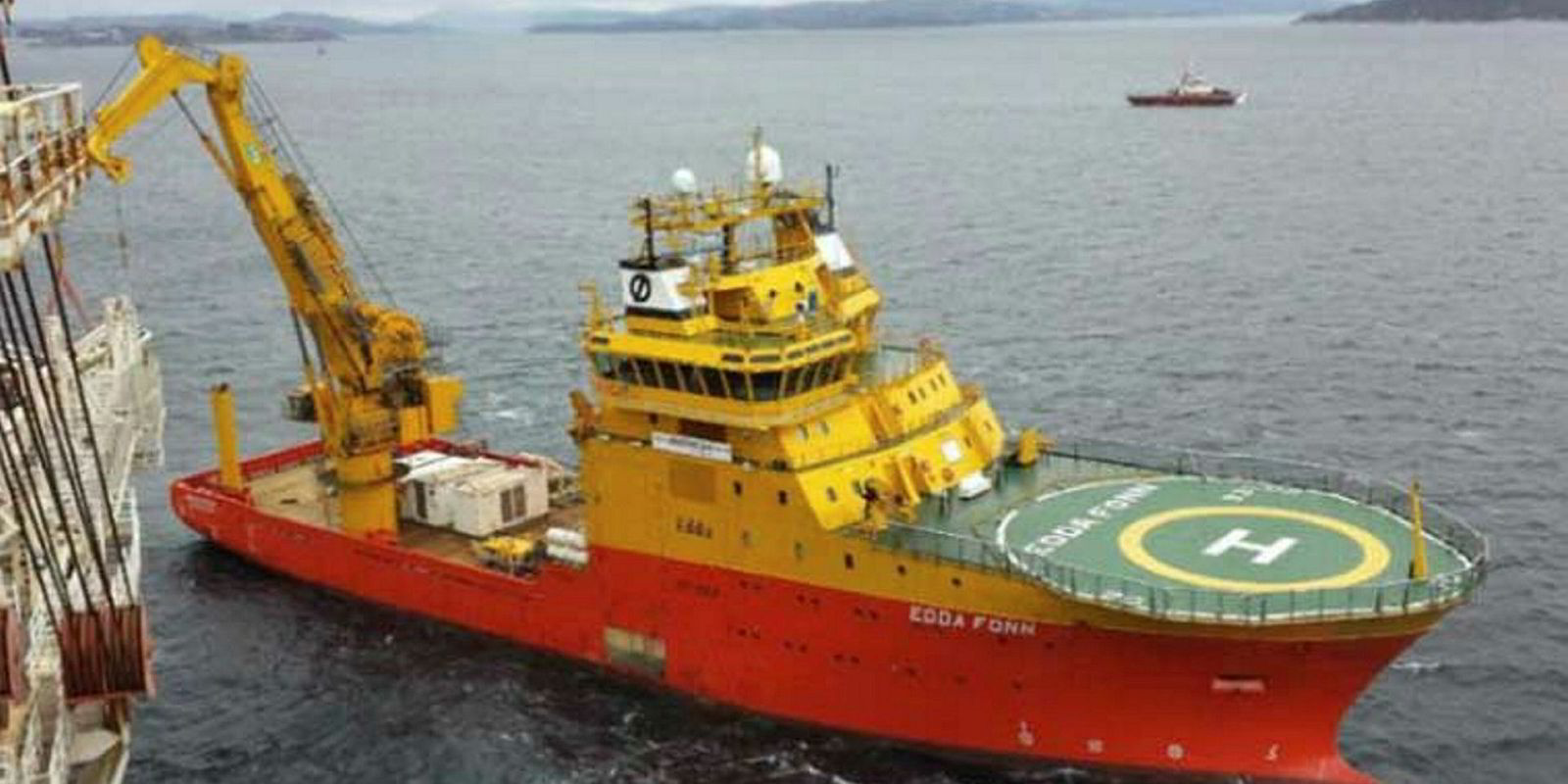UK salvage company Britannia's Gold (BGL) has started cutting into the hull of a war wreck off Ireland in the hope of extracting a cargo of gold or silver.
The company, which is using an unnamed chartered OSV, said it is trying to remove plating above a strong room.
"This has proven particularly difficult due to the plate's physical properties which after analysis were found to be mild steel grade A," it added.
"The rivets used to secure the plates together, as well as the structural framework of the vessel, remain in extremely good condition and therefore give the overall hull structure a great deal of integrated strength."
Adverse weather conditions also halted operations at the undisclosed site for a couple of days.
But the ROV has removed 55cbm of hull material, giving partial exposure to the areas below, although this is not large enough to work through.
Different angles of approach
"Direct vertical access to the required location is always going to be best policy, however not always possible. Consequently, taking into consideration the difficulties to date and wanting to optimise time at site, the salvage team has commenced cutting into the wreck from a different angle adjacent to the initial hull plate work area," the company said.
"It is difficult at this stage to put any precise time limit on clearing the area to allow for access as we don’t know what obstacles are under the large level of overburden and how they may still be connected to the wreck."
Last month, there had been repeated visits from Irish navy, airforce and coast guard questioning the vessel's activities.
"Although BGL is legally within its rights to undertake salvage operations within international waters, the very rare nature of such operations does draw the attention of local authorities when a large salvage vessel shows up in their Exclusive Economic Zone (EEZ)," it said.
The thick hull was needed as the war-time vessel was sailing to Canada through Newfoundland.
"We still have a great deal of work to do but confidence remains high, driven on by the excitement brought about by recent developments," BGl said.
BGL had already delayed the Irish Sea operation earlier this year due to the rise in OSV rates from 2017.
An April survey used Ostensjo Rederi's 2,800-dwt Edda Fonn (built 2003) to examine World War I and World War II wreck sites off Northern Ireland and the south and west of the Republic of Ireland.
During both world wars the British government shipped gold bullion to pay for munitions and goods.
The estimated present day value of these shipments is about £300bn ($404bn).
The UK government is the owner of the bounty.
BGL will store it and enter into negotiations to divide up the spoils.
Some of its cut will be kept for future projects, some will be given to charity and some will be for shareholders.






